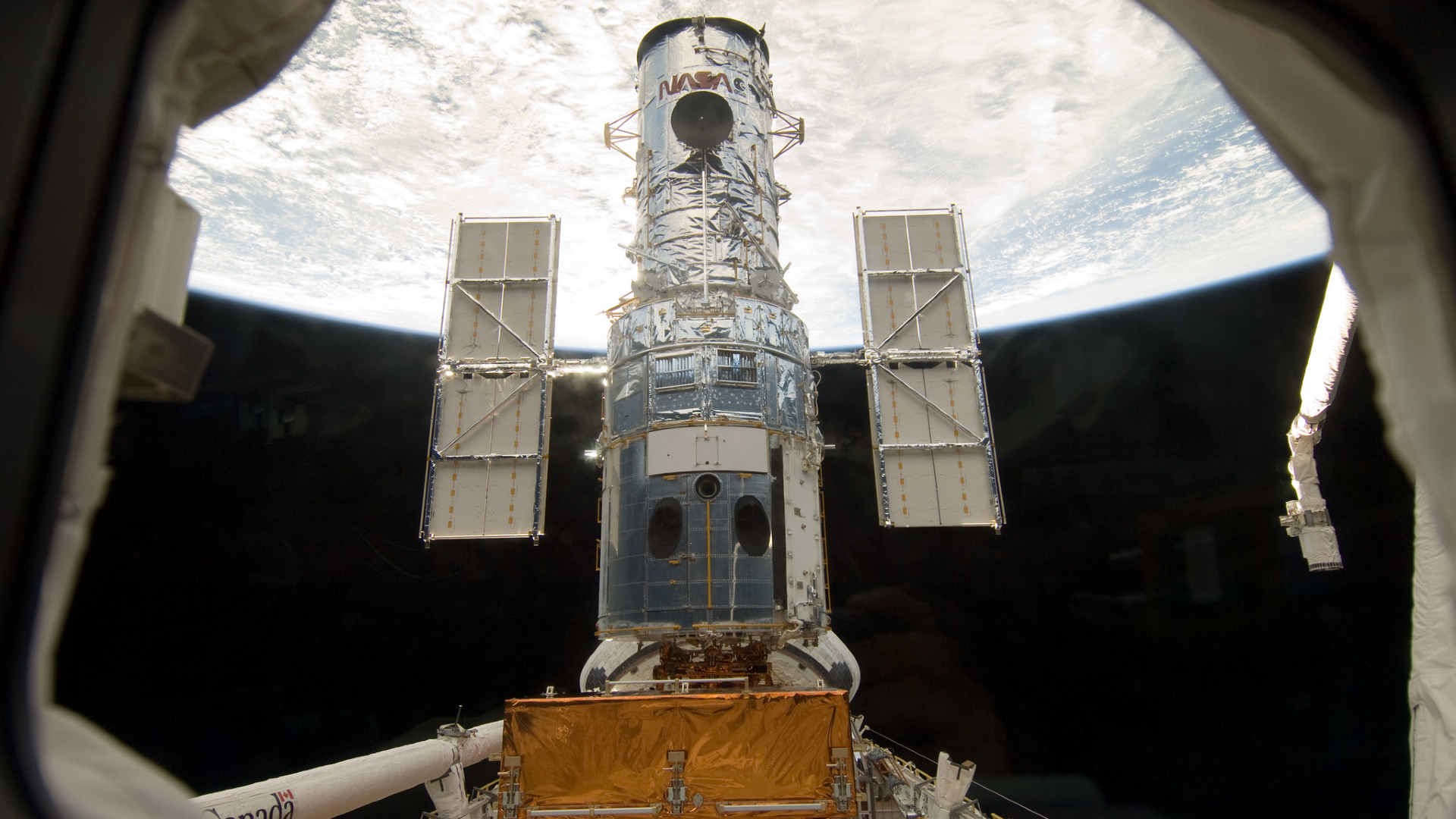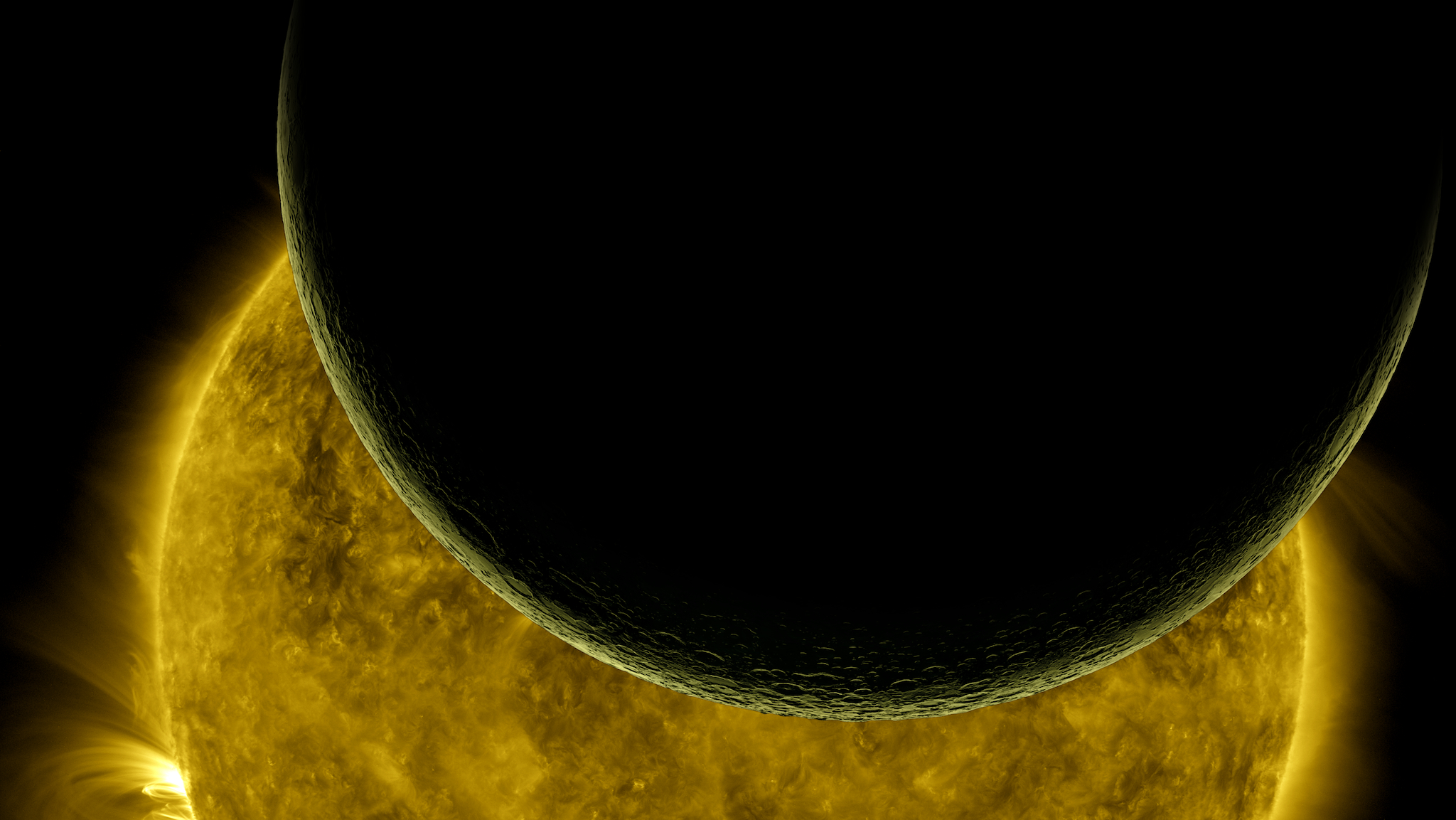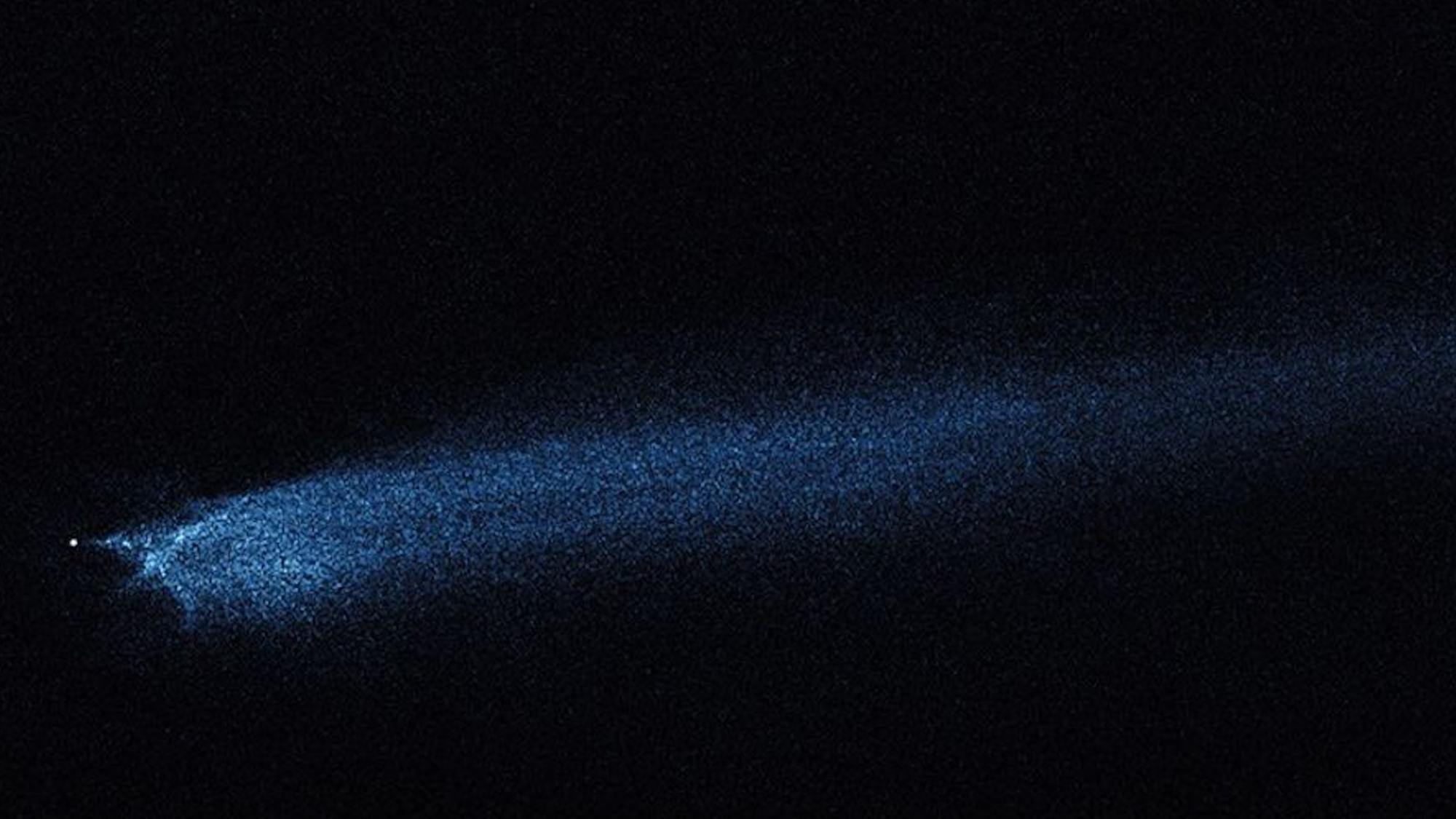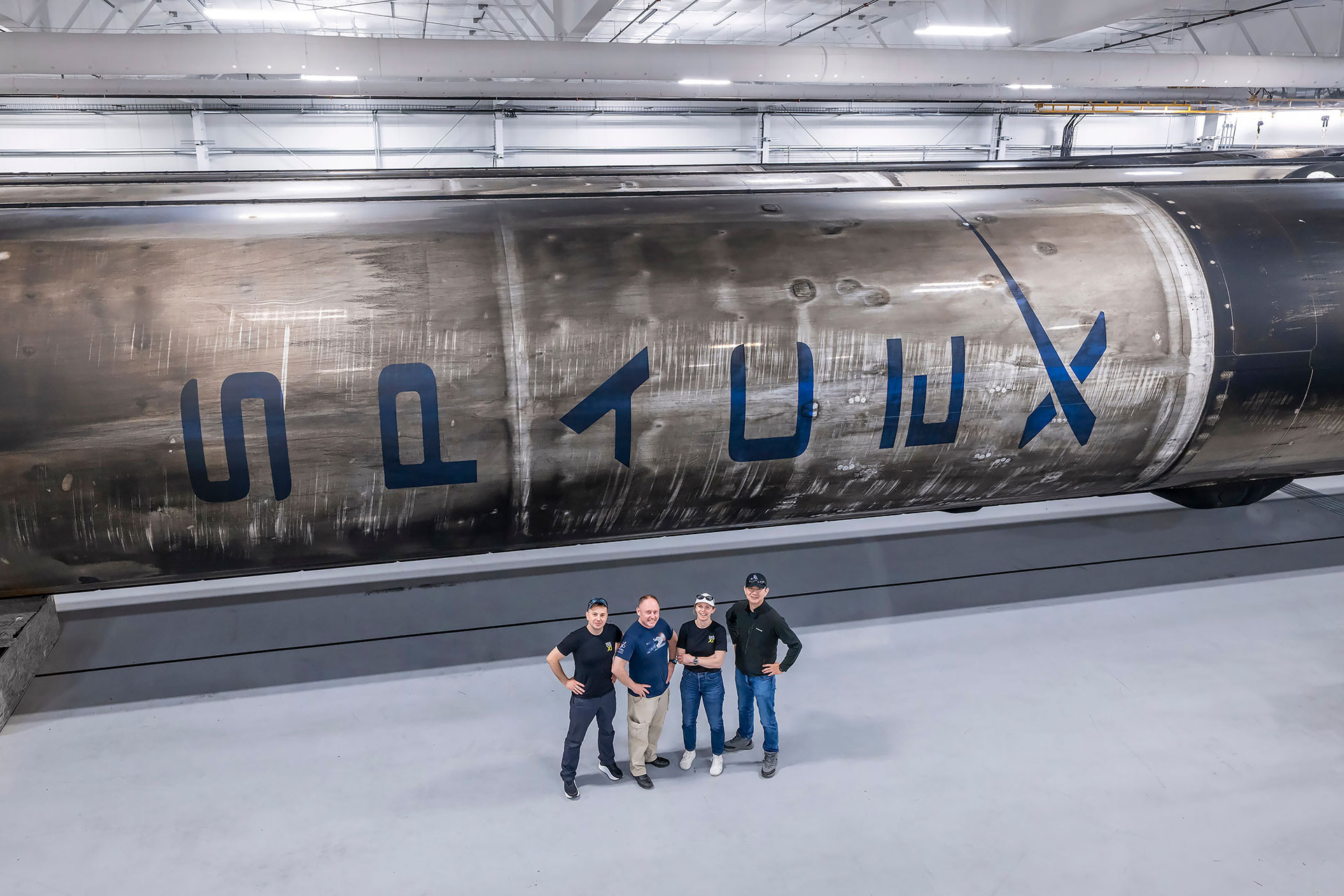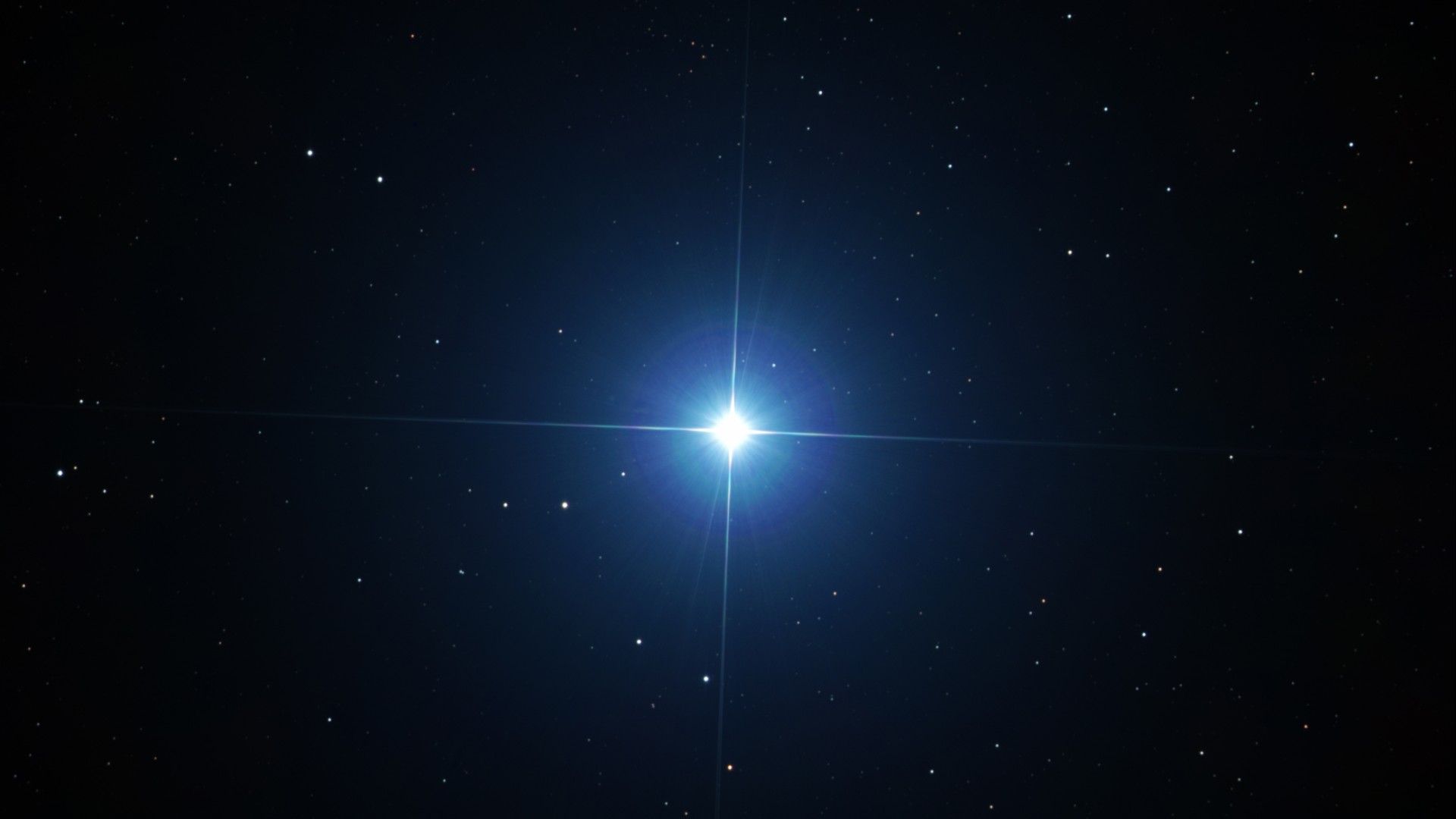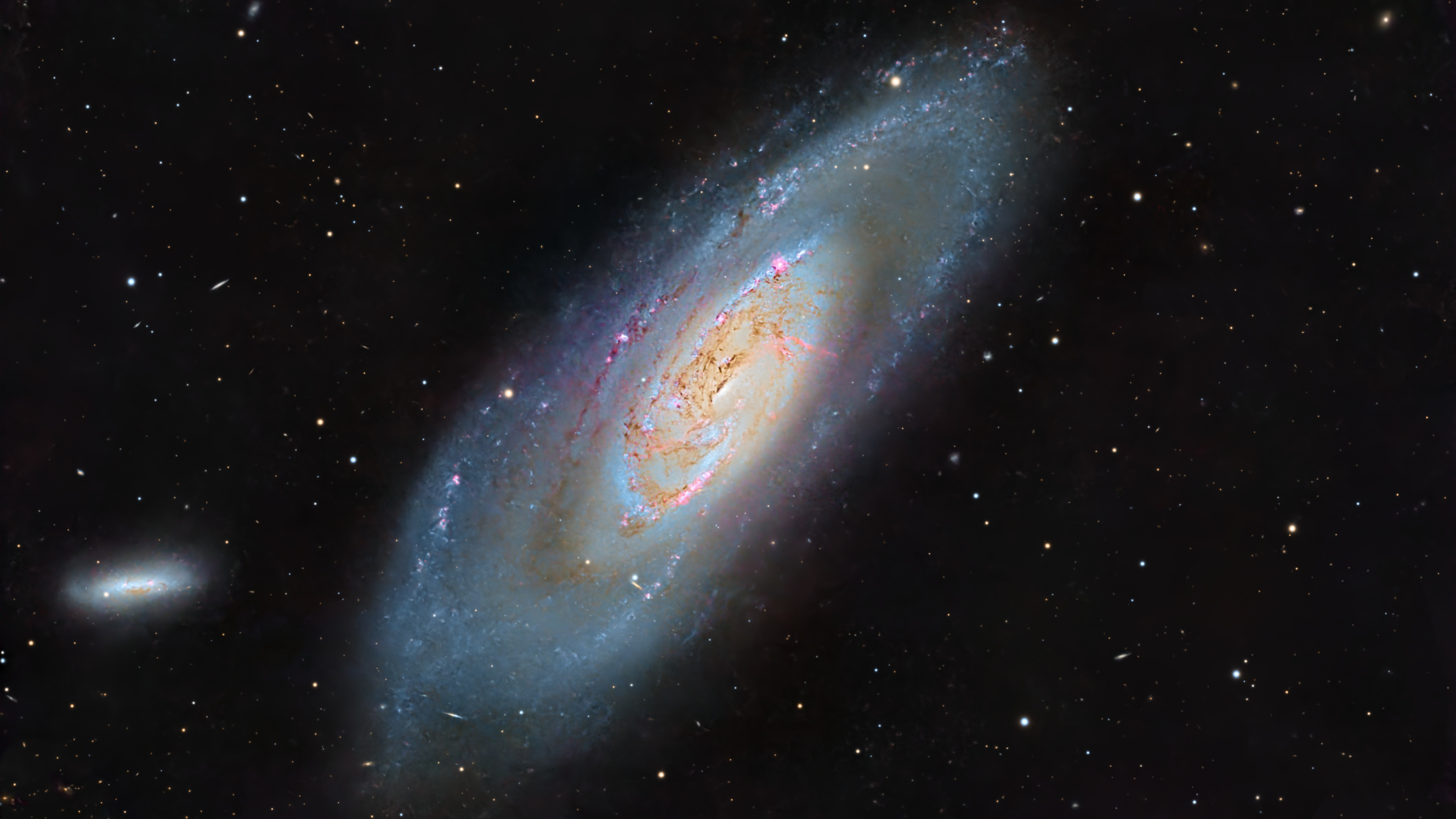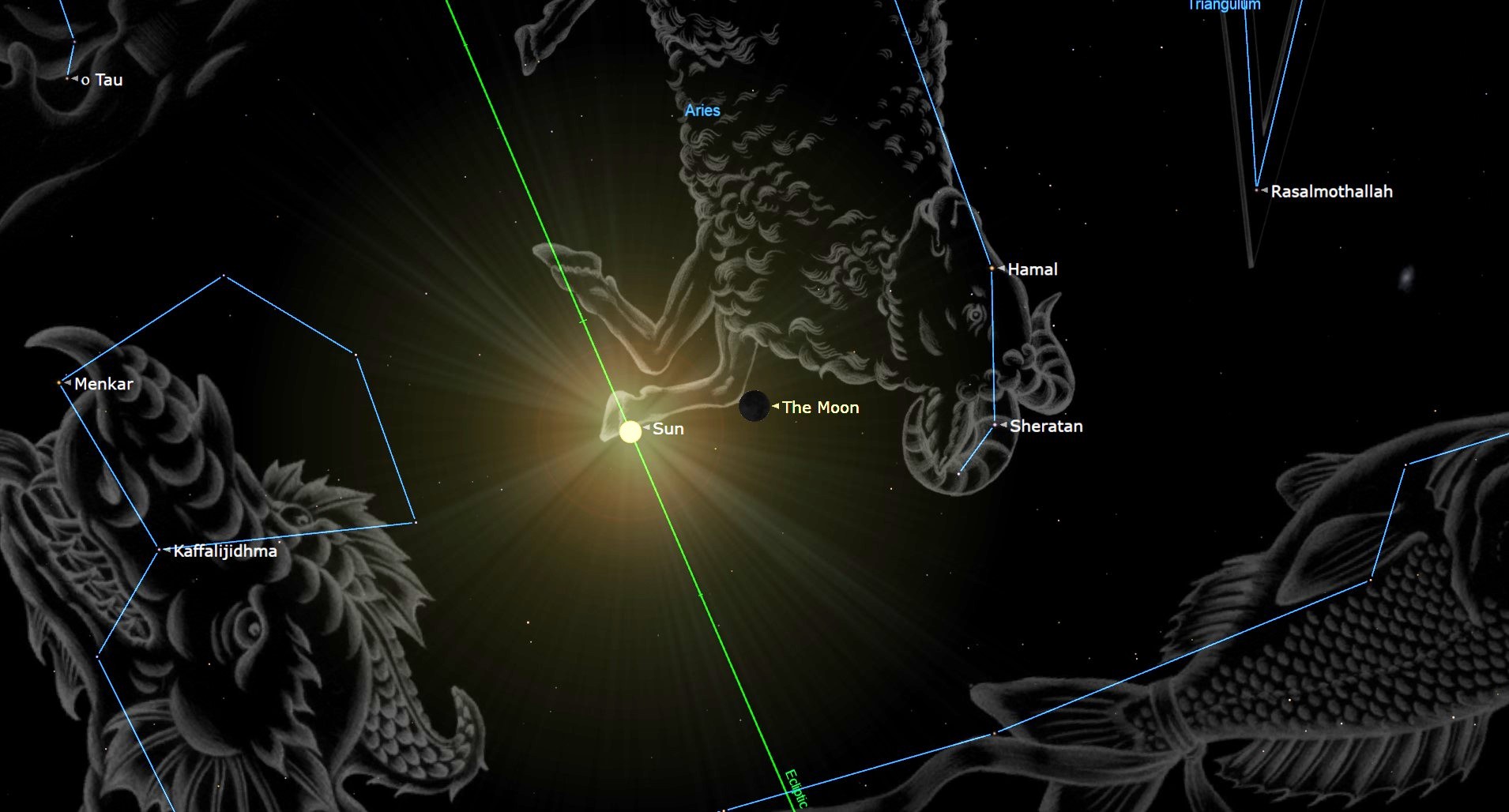Engine Used on Penultimate Space Shuttle Flight Relit for New NASA Rocket
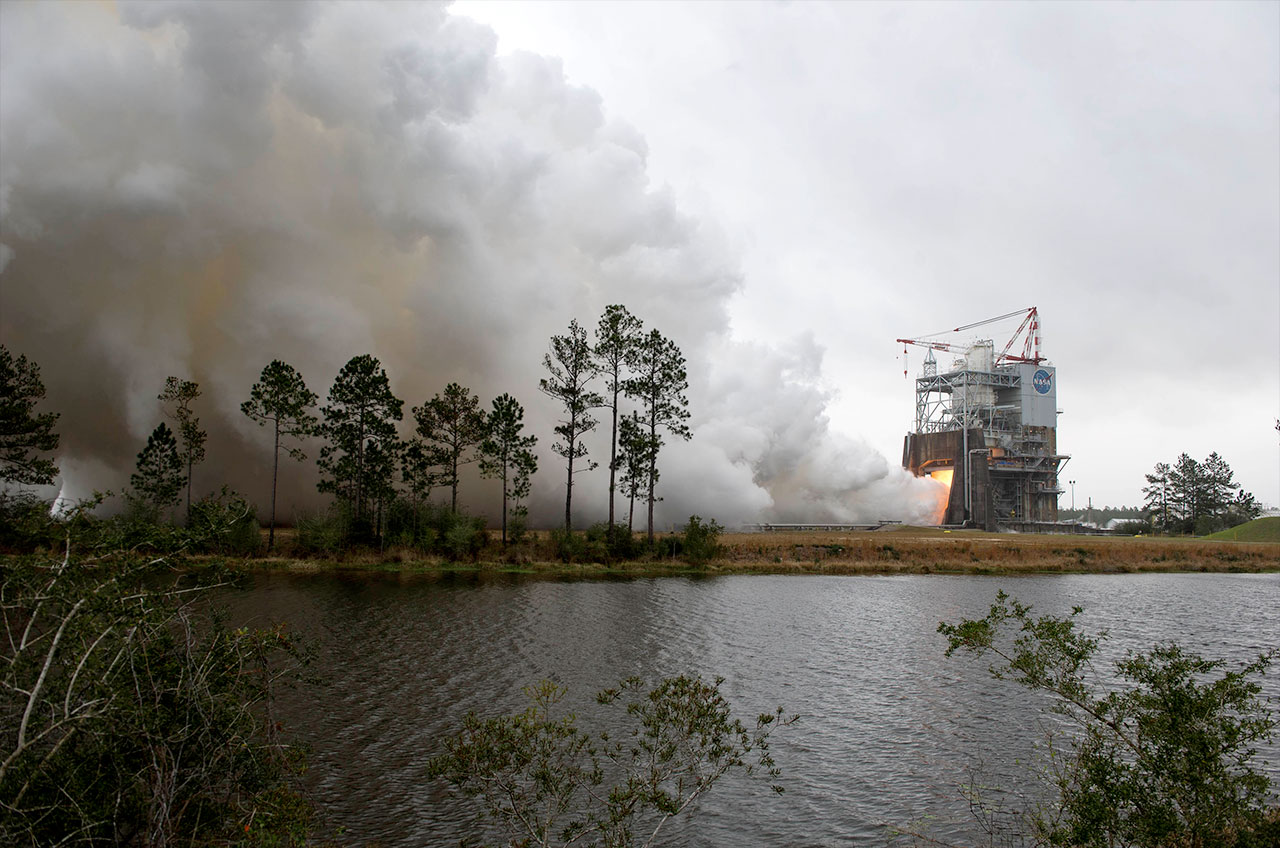
A rocket engine that helped launch five space shuttle missions, including the penultimate flight of the program in 2011, was fired again on Thursday (March 10) in preparation for the first crewed flight of NASA's new heavy-lift rocket.
The space agency successfully test fired the RS-25 rocket engine for a full 500 seconds, clearing a milestone toward its exploration goals. The next time that particular engine, serial number 2059, fires for that length of time, it will be to launch astronauts on NASA's first crewed mission beyond Earth orbit since the last of the Apollo moon missions more than 45 years ago.
"What a great moment for NASA," said Rick Gilbrech, the director of NASA's Stennis Space Center in Bay St. Louis, Mississippi, where Thursday's hot-fire test took place. "We have exciting days ahead with a return to deep space and a journey to Mars, and this test is a very big step in that direction." [Photos: NASA's Space Launch System for Deep Space Flights]
The 8-minute-long firing marked the first test of an RS-25 flight engine for NASA's new Space Launch System (SLS) rocket, being built to carry humans on future missions into the solar system, including to the moon's vicinity and Mars. Four of the engines, formerly known as space shuttle main engines (SSME), will help power the SLS core stage.
The engines NASA will use for the initial SLS missions are from the 16 flight articles remaining from the retired shuttle program. No. 2059 last flew as one of the three engines on the final flight of the space shuttle Endeavour, STS-134, in May 2011. The mission was the second-to-last flight for the orbiter fleet overall.
Prior to that, SSME 2059 helped launch the shuttle Atlantis on three missions, including two to the International Space Station — STS-117 in 2007 and STS-122 in 2008 — and on the final mission to upgrade the Hubble Space Telescope, STS-125 in 2009. It also helped power Endeavour's STS-130 flight to deliver the Tranquility node and cupola to the space station in 2010.
"It's a great feeling that this engine — that has carried so many astronauts into space before — is being prepared to take astronauts to space once again on SLS's first crewed flight," stated Steve Wofford, engines manager at Marshall Space Flight Center in Alabama, where the Space Launch System program is managed for NASA.
Get the Space.com Newsletter
Breaking space news, the latest updates on rocket launches, skywatching events and more!
Modified for use on SLS, no. 2059 and three other shuttle-legacy RS-25D engines will fire at 109 percent thrust level and provide a combined two million pounds of thrust when they fly in the 2020s. Unlike on the shuttle, they will not be recovered for reuse, but instead be dropped into the ocean with the spent SLS core.
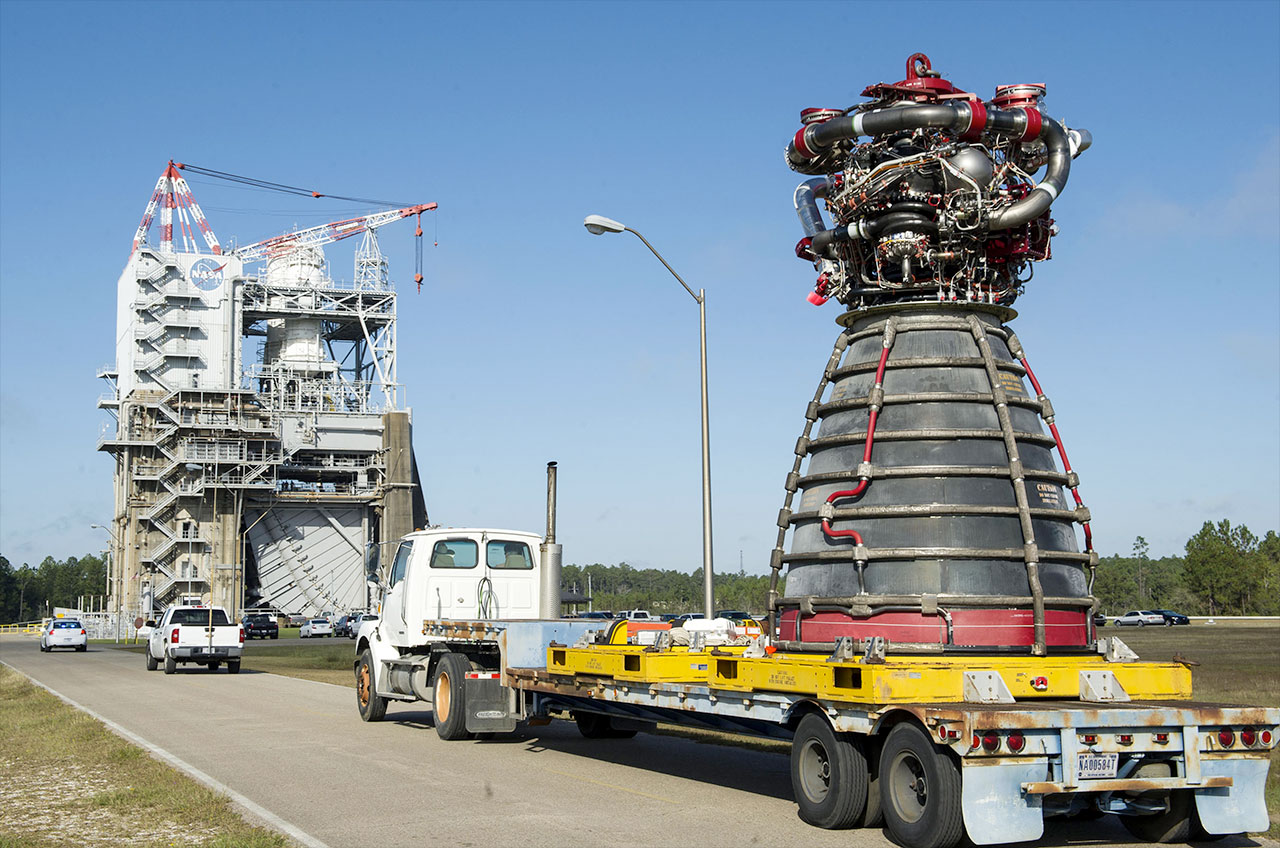
The first flight of the SLS on NASA's uncrewed Exploration Mission-1 (EM-1) is slated for 2018 or 2019. The first SLS launch with astronauts aboard an Orion crew spacecraft is targeted for the 2021 to 2023 timeframe, depending in part on available funding.
Stennis and Aerojet Rocketdyne, NASA's prime contractor for the RS-25, will next conduct a development engine hot-fire series to test flight engine controllers and will continue to test RS-25 flight engines.
In addition, the B-2 Test Stand at Stennis is being readied to test the SLS core stage for EM-1, firing its four engines together. EM-1 will lift off using engines 2045, 2056, 2058 and 2060, a group that includes two of the three SSMEs that flew on board STS-135, the final shuttle mission, in July 2011.
In addition to 2059, EM-2 will launch with RS-25 engines 2047, the third engine flown on STS-135, and two engines that were built up after the space shuttle was retired, 2062 and 2063.
Watch a video of the RS-25 rocket engine No. 2059 hot fire for the SLS at collectSPACE.
Follow collectSPACE.com on Facebook and on Twitter at @collectSPACE. Copyright 2016 collectSPACE.com. All rights reserved.
Join our Space Forums to keep talking space on the latest missions, night sky and more! And if you have a news tip, correction or comment, let us know at: community@space.com.

Robert Pearlman is a space historian, journalist and the founder and editor of collectSPACE.com, a daily news publication and community devoted to space history with a particular focus on how and where space exploration intersects with pop culture. Pearlman is also a contributing writer for Space.com and co-author of "Space Stations: The Art, Science, and Reality of Working in Space” published by Smithsonian Books in 2018.In 2009, he was inducted into the U.S. Space Camp Hall of Fame in Huntsville, Alabama. In 2021, he was honored by the American Astronautical Society with the Ordway Award for Sustained Excellence in Spaceflight History. In 2023, the National Space Club Florida Committee recognized Pearlman with the Kolcum News and Communications Award for excellence in telling the space story along the Space Coast and throughout the world.

